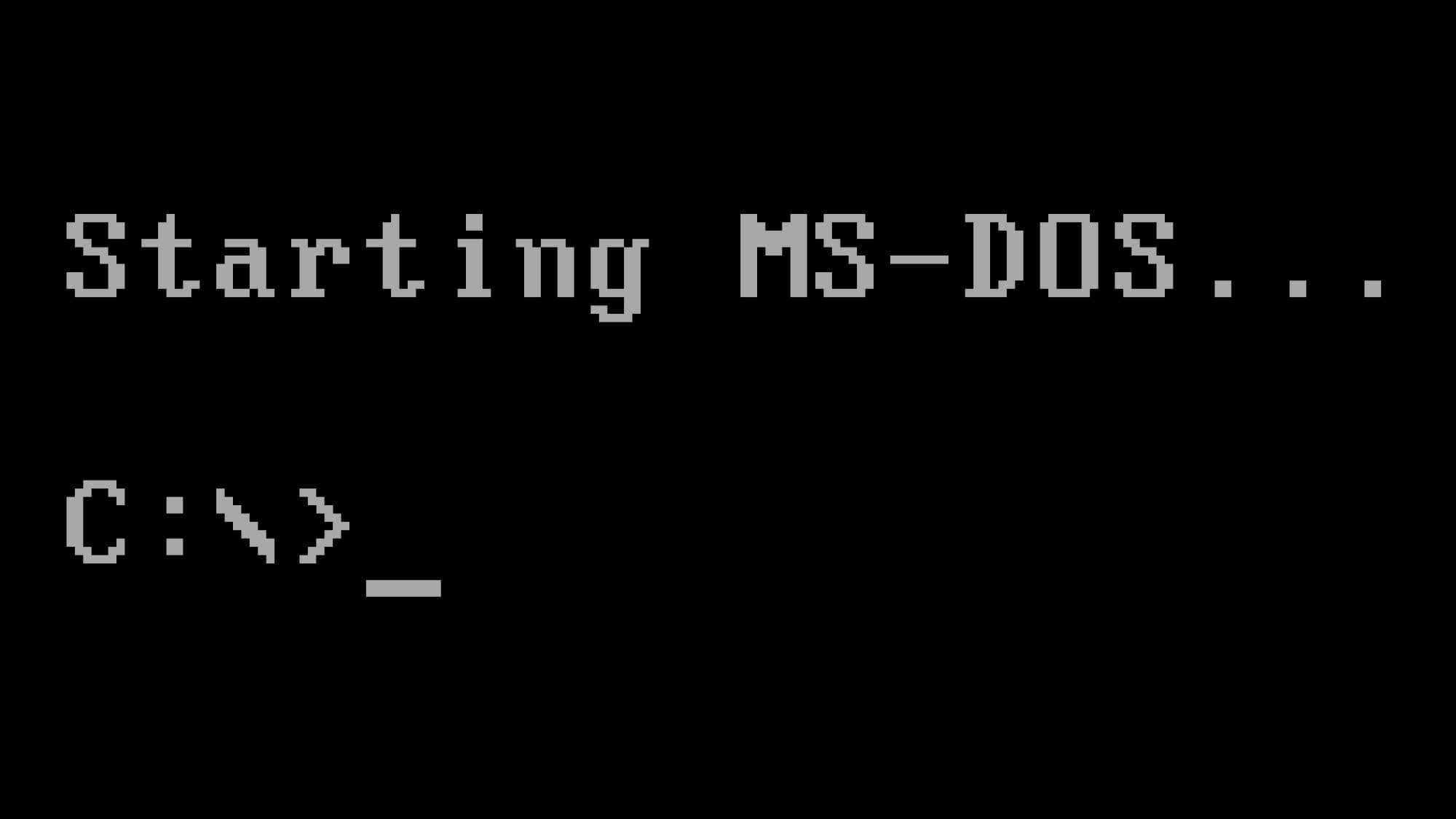In context: Back in 1980, Tim Paterson was creating a new operating system he called QDOS or Quick and Dirty Operating System. The system was later renamed 86-DOS, as it was being designed to run on computer kits based on the then-new 8086 CPU from Intel. It was eventually purchased by Microsoft to equip the "secret" project of the original IBM PC.
MS-DOS established the "standard" way to operate personal computers during the Eighties, and the text-based operating system was still playing a significant "startup" role in Windows at least until Windows 2000 and XP arrived on the market. The Microsoft software empire was built on the venerable command prompt, but everything started with 86-DOS.
A new, ancient release of 86-DOS (0.1-C) has now been uploaded on the Internet Archive servers by Archive member "f15sim", who was previously known for uploading version 0.34 of the OS. 86-DOS 0.1-C is likely the oldest known version of the OS that survived until the internet era, f15sim remarked, and the dumped disk can be booted and tested within the multi-platform, multi-system emulator SIMH.
As highlighted by Tiny11 developer NTDEV, who took the OS for a ride in the aforementioned SIMH emulator, 86-DOS 0.1-C is a very bare-bones operating system even by 1980s standards. The bootable disk image provides only 9 files, including the classic command interpreter/shell of the DOS world (Command.com), some utilities and a chess game with documentation.
The IBM x86 PC wasn't the standard computer paradigm yet; therefore, 86-DOS had to provide essential development tools designed to compile programs created in Z80 Assembly language on the Intel 8086, and to "translate" code from Z80 to 8086. Basic commands of the MS-DOS shell such as dir, copy and format are available as well.
After purchasing 86-DOS from Seattle Computer Products (SCP), Microsoft persuaded IBM to accept a non-exclusive business partnership to put its new Disk Operating System on every single IBM PC sold in stores. Big Blue licensed the OS as "PC DOS" while Microsoft was still free to provide MS-DOS to other PC manufacturers. Both products were essentially the same system.
MS-DOS and the Command.com prompt are not part of the daily Windows user experience anymore, while Linux and other Unix-like operating systems have always cultivated a very different approach to the text-based shell. But the prompt can still be useful for many advanced tricks even in the Windows 10/11 era.
